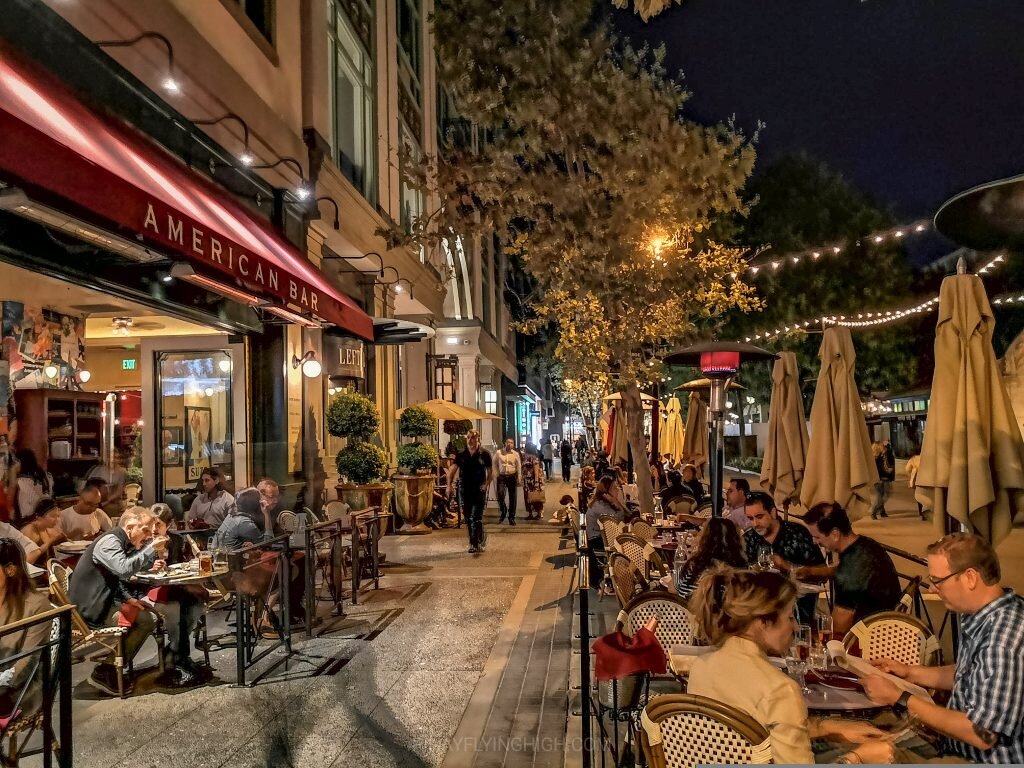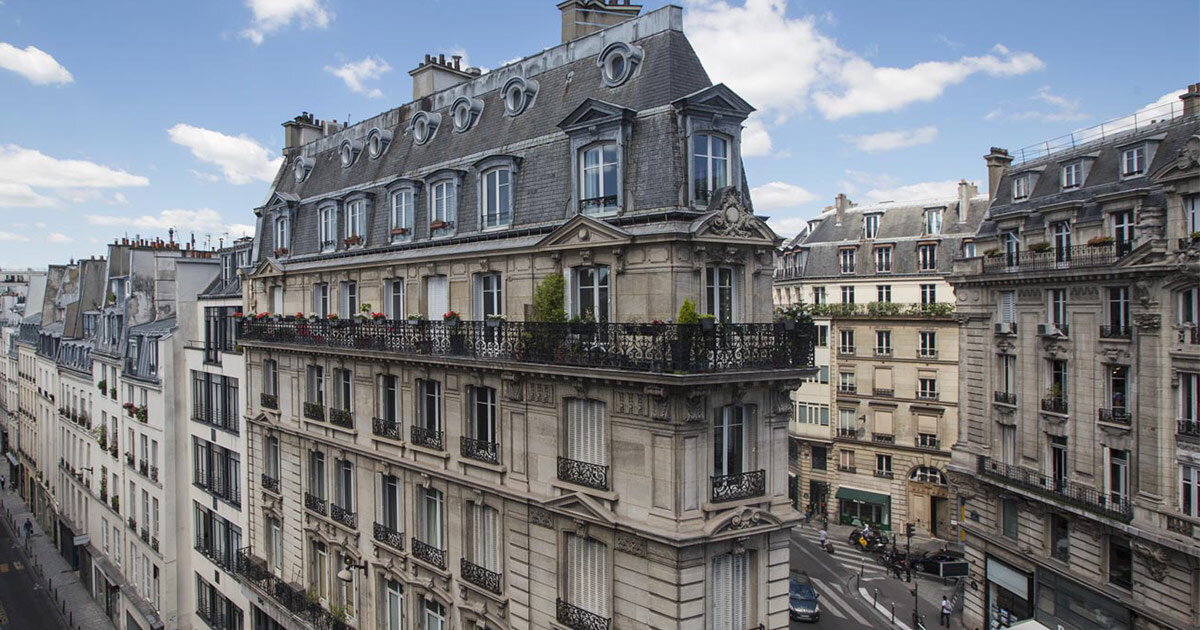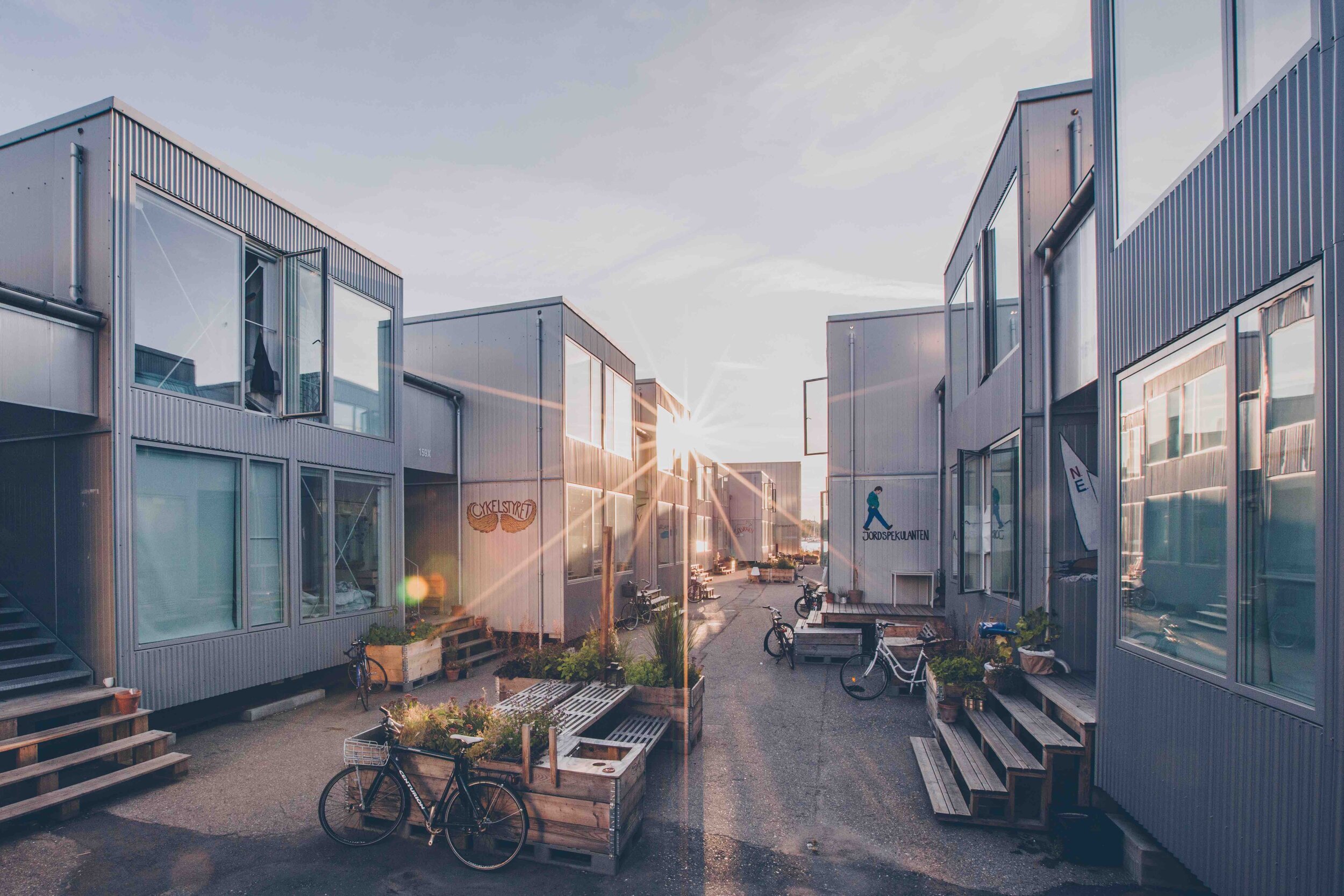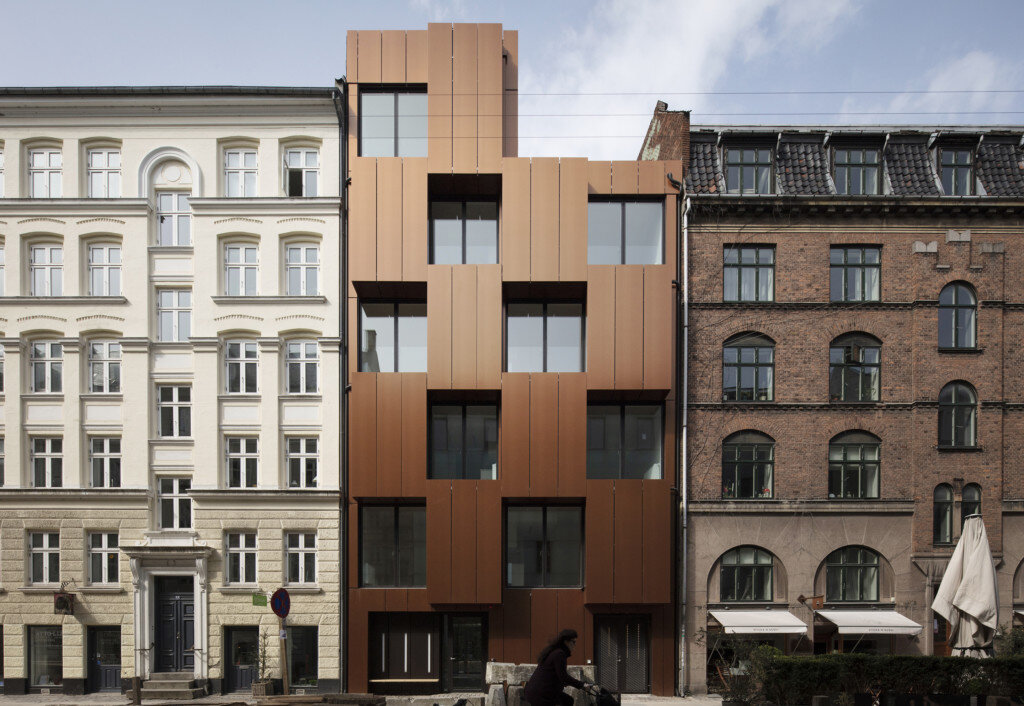Future of Housing: Multifamily Community Developments
Ownership of a single family home is imbedded in the American DNA; it is and always was the American dream. However, things are rapidly changing with the population growth, environmental awareness and mainly housing prices rising due to shortage of supply. One would think, “let them eat cake” and develop more single family homes all over the country.
We believe that single family homes are the past, and the future is in walkable, self-sufficient and environmentally friendly multifamily community developments.
Left: Heidelberg, my favorite European town. Right: A hugely successful multifamily development in the US called Santana Row.
WHY
The simple answer is affordability, sustainability and desirability. By nature, multifamily units cost less to build than single family homes and require less infrastructure runs than the new developments because they are more compact. They also typically have smaller unit sizes which means they need less construction materials, smaller footprints, less cooling and heating, and overall less waste in the end. This is both cost effective and sustainable.
But, how is it desirable to be crowded together in a big box?
It is not, unless there are attractive public spaces connecting these not so big boxes together.
Urban elements such as plazas, wider sidewalks, activated storefronts and tucked away inner courtyards, make for an invigorating walking experience on the way to a local market and perhaps a stop by a coffee shop to read the newspaper. Generous parks and landscaped belts serve as urban retreats, places to throw a Frisbee and relax. Strategic bicycle lanes connect housing with workplaces, grocery stores and other important community destinations. Walking paths provide a safe place for your children to walk to school, and for the elderly, a way to rest on a bench and people watch. And not to forget, a peaceful water feature such as a river, a lake or if you are lucky, an ocean, makes for a very desirable place to live. Just think about your favorite European town.
The housing crisis is old news. Much earlier than the U.S., Europeans cities were also faced with similar problems: housing shortage and affordability. They had to come up with multifamily housing centuries ago. Let’s take a look at their approaches.
Unquestionably, the city blocks are divided beautifully in Paris (right), but it is also possible with contemporary architecture similar to the Copenhagen example on the left.
Great European Cities Are Multifamily Developments
London (1800-1880) developed a new housing type called the London Tenement that housed the growing numbers of workers in sturdy masonry construction with communal kitchens and bathrooms on each floor. The layout of this typology resembles contemporary American apartments arranged along a corridor on each floor. However, some of the earlier British units had no windows and no ventilation. This was soon recognized as unacceptable and resolved.
Paris (1850-1870) transformed from a medieval city to one of the most beautiful cities in the world and accommodated a large population growth with a new Haussmann Apartment typology. What makes them so attractive is that each block is designed as a unified whole, even though it is subdivided into separately owned buildings. The side effects, and a nightmare for developers, are the irregular building floor plans that need to be designed and built custom one at a time. These buildings were adequately lit and ventilated, with only occasional bedrooms that did not have windows. The height of the buildings and the mansard roof allowed sunlight to reach the street level, activated by charming mom and pop stores and cafes. Their vertical circulation, which is a primary characteristic of a European multi-unit building, even appeared in some apartment buildings in New York.
Berlin (Early 20th Century): the origin of Bauhaus and design paradigm shift into modernism and socialism. Like in London and Paris, the given problem was to increase housing, and the solution was something different. Urban planners and architects in Berlin created compact and well-organized apartments in buildings situated further apart, with more landscaped areas in between, thus allowing for more windows on all sides of the building block and connecting with nature. The buildings where similar in style, but designed by different architects with different identities. The street level units were often allocated towards retail use similar to Paris and provided life necessities to the occupants within walking distance. The transportation system connected remote neighborhoods to the center of Berlin and promoted public modes of travel.
Private inner courtyards and another example of how to break up a block above.
Ideas Worth Taking Into The Future
While comparing what we like and dislike about the historic multifamily developments, we formed a list of ideas worth taking into the future, and those left best in the past.
DO
Design a public use ground floor that can be activated with retail and dining. People want privacy and don’t like to have strangers look directly into their windows.
Space buildings apart so that the sunlight reaches street level.
Use more vertical circulation as it creates private hubs on each floor for residents to enter their places. In the U.S., this is more difficult with the building codes, but a solution is possible.
Create semi-private courtyards inside the block. They can provide a safe common space for children and the elderly to spend time in.
Provide visual variety in façade design by breaking up the block in unique vertical façade sections, as opposed to horizontal ones as we see in a lot of the U.S. developments. It may not be realistic to break a block into multiple developments, but it is realistic to design this block as if it were divided into a few different buildings.
Add balconies for private outdoor space.
Design to encourage walking and biking and discourage driving. We will need less parking!
Bring the nature in, as sidewalk trees, planting strips and pocket parks.
Establish height and setback regulations that foster density.
Add an authentic character to the development.
DON’T
Don’t repeat the same design over and over again.
Don’t lay out long, hotel style corridors. They lack the privacy needed to call a place a home.
Don’t make block layouts too irregular like in Paris. It will drive the costs up and take up extra time.
Don’t situate buildings too far apart, creating too much open space and getting out of appropriate human scale.
Don’t design rooms without windows.
Don’t lay out spaces with long, narrow and winding corridors. They do not work.
Don’t compromise on quality, compromise on size instead.
Don’t design a place that you would not live in.






